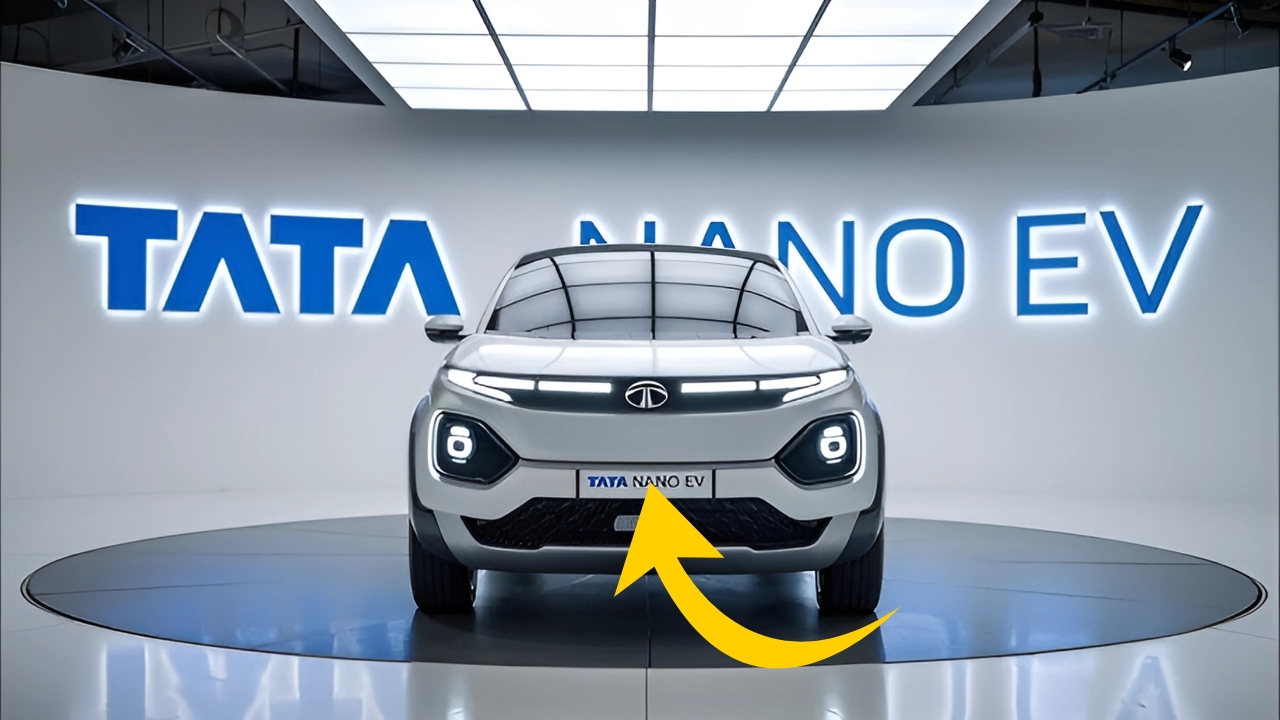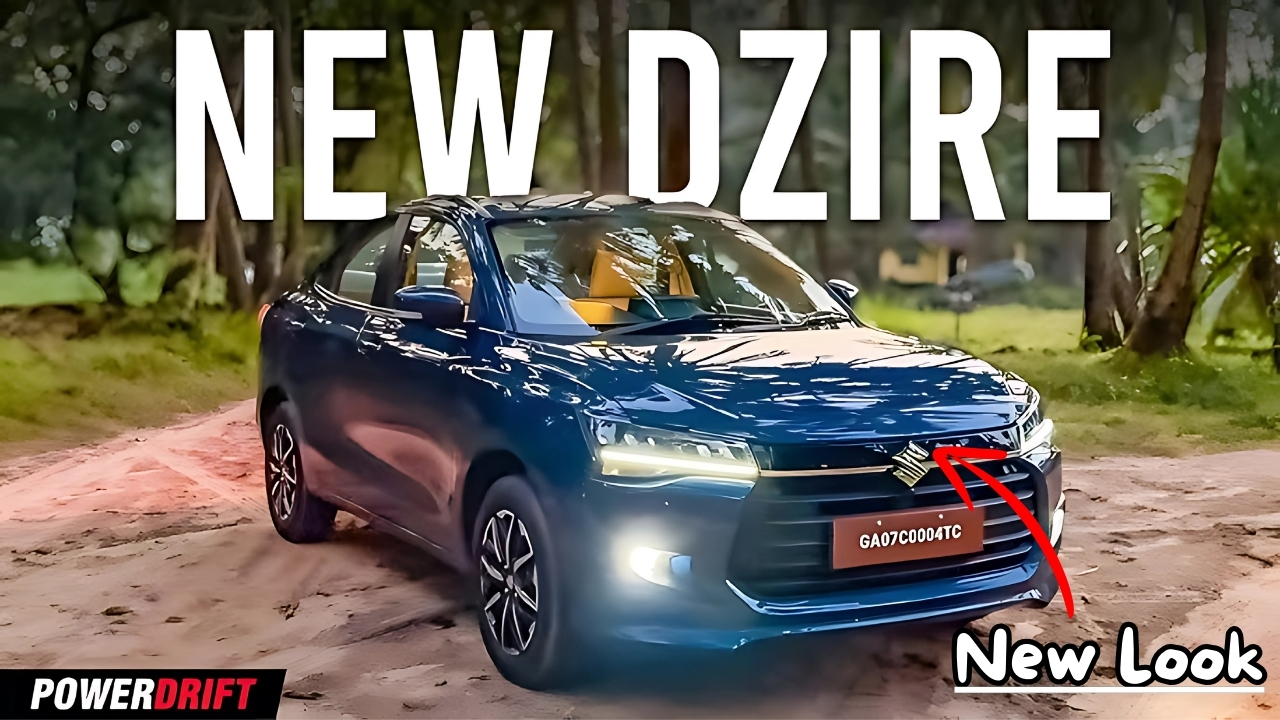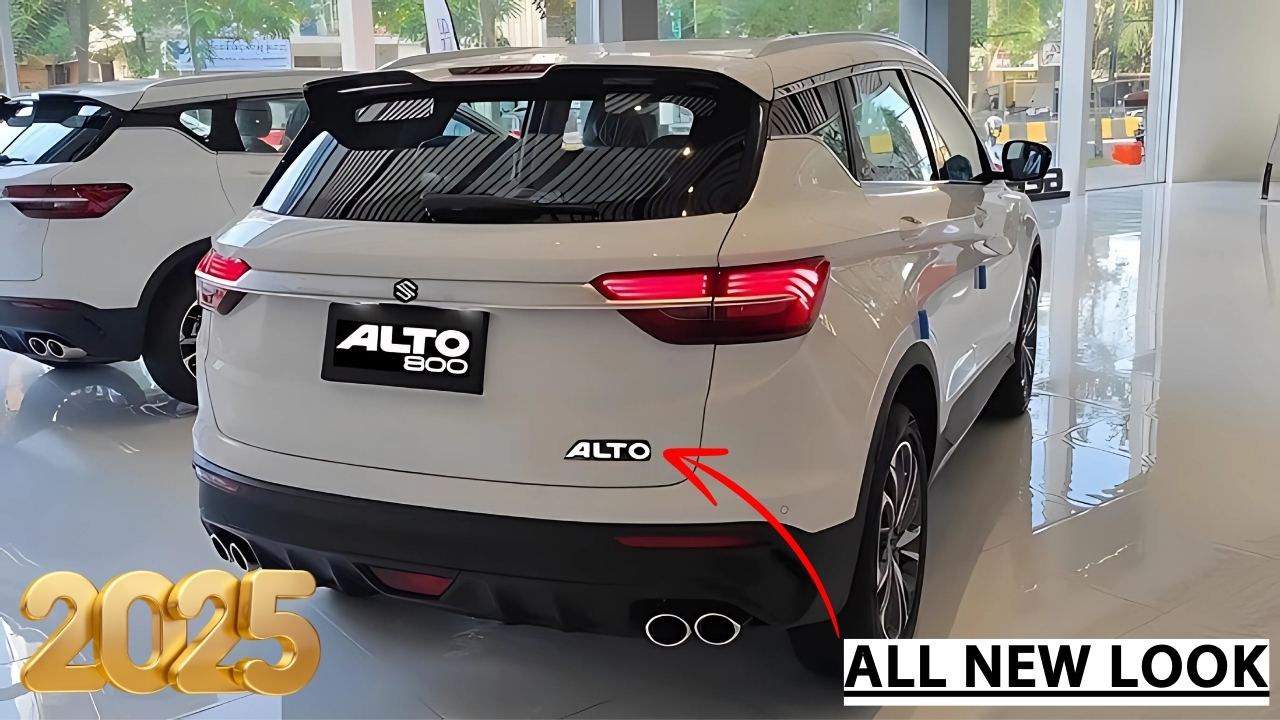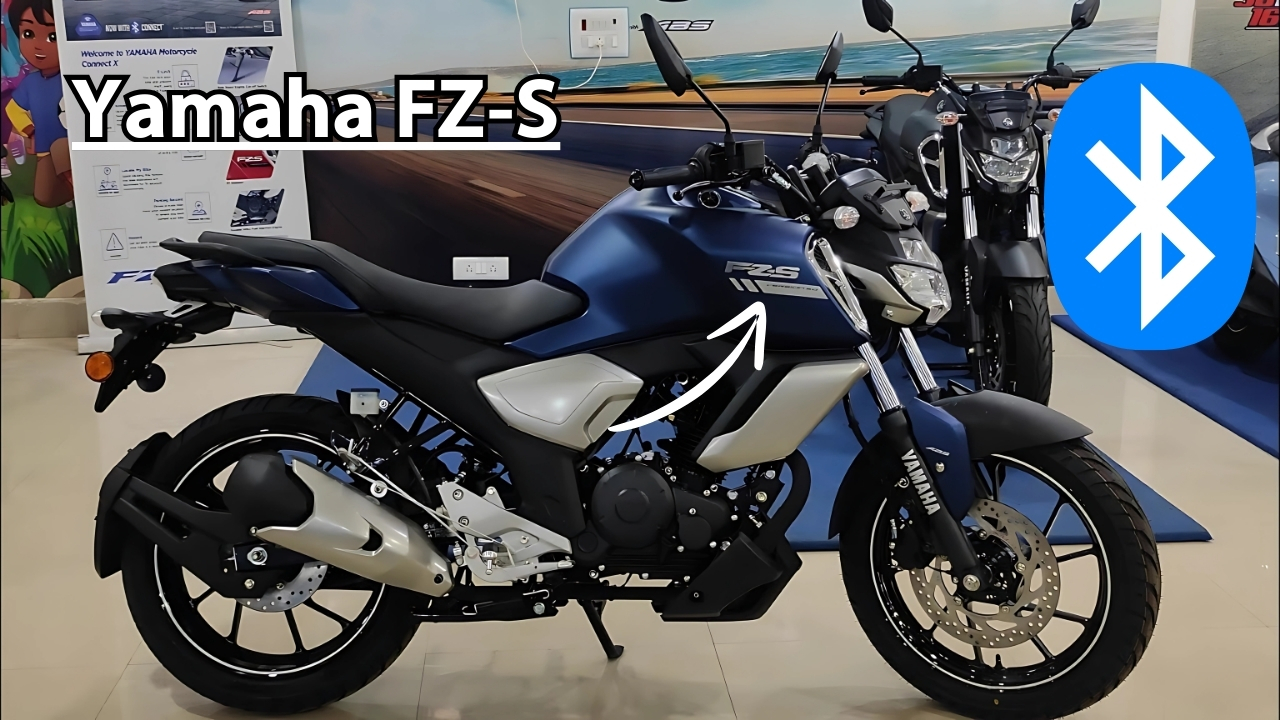Tata Nano EV: In a surprising twist for automotive enthusiasts, Tata Motors is set to bring back the iconic Nano nameplate, this time reimagined as a fully electric vehicle. This new version is set to deliver range figures that defy conventional expectations for such a compact car.
The upcoming Nano EV marks a bold transformation of India’s original “people’s car.” Tata is leveraging its growing expertise in electric vehicles to turn the beloved Nano into an innovative urban mobility choice.
Insiders close to the project’s development have indicated that the Nano EV shares little beyond basic dimensions and philosophy with its predecessor.
This model has been meticulously designed from the ground up as an electric vehicle, incorporating Tata’s Ziptron technology that has already proven successful in models like the Nexon EV and Tigor EV.
“This isn’t just an electrified version of the old Nano,” explained an industry insider, who wished to remain anonymous. “It’s a complete rethinking of the concept, focused on making transportation accessible while utilizing the benefits that electric powertrains offer compact cars.”
One of the standout features of this new model is its impressive range.
Sources within the engineering team disclose that the Nano EV is expected to achieve around 250 kilometers of real-world range on a single charge, positioning it favorably among affordable EVs, despite its small size.
This remarkable range is possible thanks to a well-designed 21 kWh lithium-ion battery pack, which incorporates the latest battery cell technology developed with Tata’s battery tech partner.
Tata Nano EV Urban-Focused Performance
The Nano EV will reportedly be equipped with a single electric motor that propels the rear wheels, reminiscent of the original Nano’s setup. This system produces about 40 horsepower and 110 Nm of immediate torque.
While these specifications may appear modest, they indicate a notable improvement in performance compared to the original Nano and should support lively acceleration in city settings due to the vehicle’s expected weight of under 750 kg.
Charging options include standard AC charging, which takes about six hours to recharge the battery from 10% to 80% using a home charger. There’s also DC fast charging capability that can achieve the same charge level in just an hour, making longer trips viable with the right planning.
Rajiv Sharma, a former engineer for Tata Motors’ electric vehicle division familiar with early development prototypes, stated: “The instant torque delivery enhances responsiveness significantly compared to the original Nano. Coupled with the low center of gravity from the floor-mounted battery pack, it handles with surprising confidence and stability.”
Tata Nano EV Contemporary Design with Nostalgic Cues
Spy shots show that the new Nano EV preserves its compact dimensions while adopting a significantly evolved design language that aligns with modern aesthetics and Tata’s current design ethos.
The tall and narrow silhouette optimizes interior space within a limited footprint but exhibits more sculpted surfaces and contemporary details.
The front of the car showcases elements from Tata’s existing EV lineup, including a closed grille area with blue accents to highlight its electric nature.
LED lighting fixtures at both ends enhance the premium feel, with the wheels increasing to 14 inches—addressing criticisms of the original Nano’s small 12-inch wheels.
Step inside, and you’ll find a dashboard designed with minimalism in mind, centered around a 7-inch touchscreen infotainment system.
Physical controls are in place for climate settings, a practical decision considering Indian conditions, while a digital instrument cluster provides essential vehicle information.
Reportedly, material quality and construction are a significant upgrade over the original Nano, reflecting changes in consumer expectations, even at this price range.
Tata Nano EV Urban Mobility Solution with Practical Appeal
Tata has strategically positioned the Nano EV as a practical solution for urban transportation instead of merely an entry-level vehicle.
The car will come with connected technology through Tata’s ZConnect app, allowing users to monitor charge levels, pre-condition the cabin, and set up geofencing features.
Safety features include dual airbags, ABS with EBD, and electronic stability control—key aspects that were missing in the original Nano, showcasing Tata’s dedication to elevated safety standards across its products.
A particularly noteworthy detail is the vehicle’s efficiency, boasting energy consumption of approximately 8.4 kWh per 100 kilometers, which makes it one of the most energy-efficient passenger vehicles available.
This remarkable efficiency equates to very low operating costs, estimated at around ₹1.20 per kilometer, roughly one-third of what petrol-powered vehicles incur.
Tata Nano EV Market Positioning and Timeline
Reports suggest the Nano EV will serve as an entry-level option in Tata’s expanding electric vehicle lineup, with prices likely starting around ₹5 lakh, following government incentives.
This pricing strategy would make it considerably more affordable than other electric cars and appropriate for urban and suburban applications.
Production is expected to kick off in the fourth quarter at Tata’s Sanand facility, with the launch planned for early next year.
Initial production capacity is aimed at around 3,000 units monthly, though that figure may adapt depending on consumer interest.
“The timing seems perfect,” notes automotive analyst Vikram Patil. “As fuel costs rise, charging infrastructure expands, and environmental awareness grows, an affordable electric vehicle with practical range could see a strong market response, especially as a secondary vehicle for urban families or as a reliable commuter choice for young professionals.”






